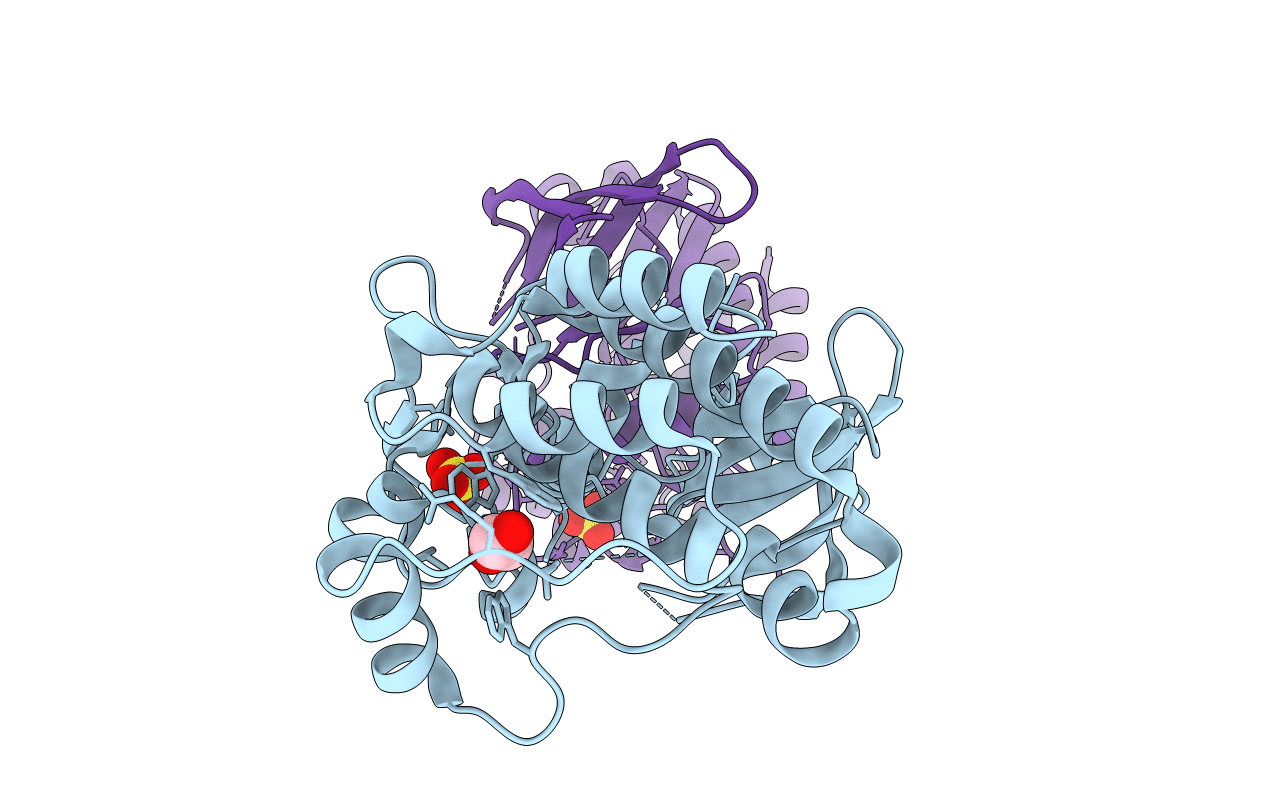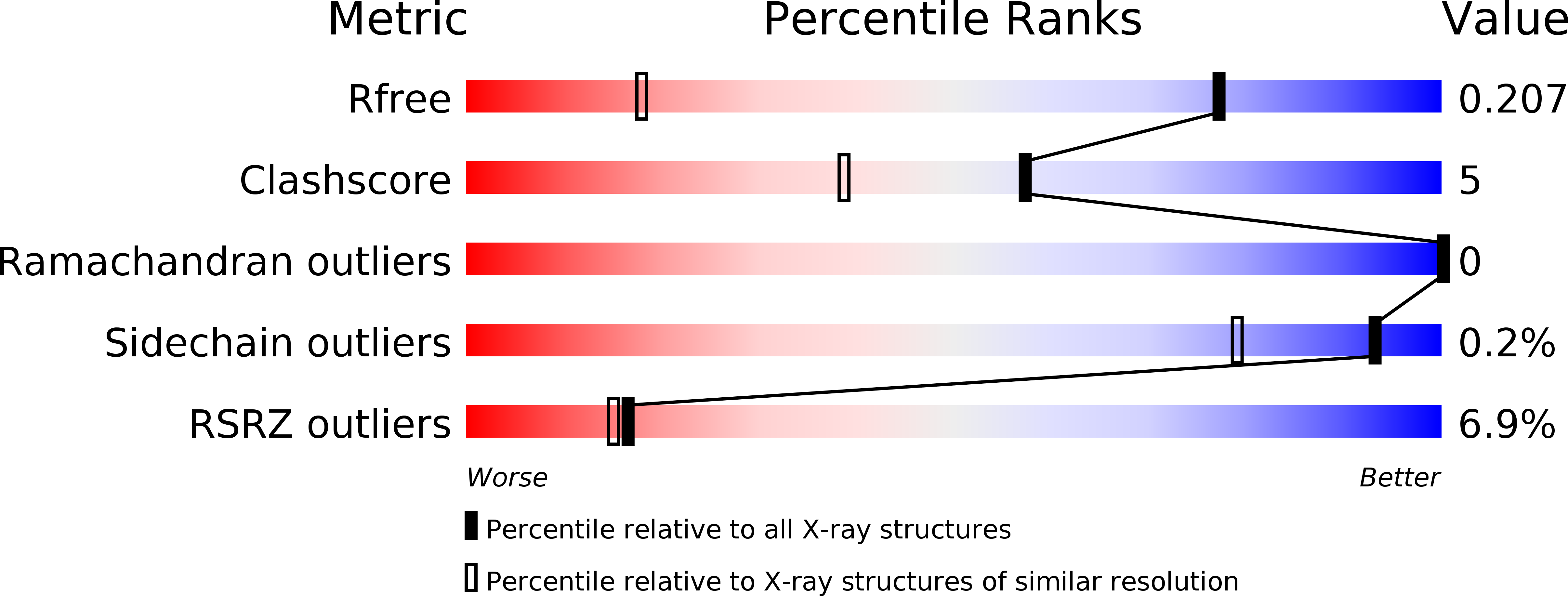
Deposition Date
2012-11-15
Release Date
2013-02-06
Last Version Date
2024-02-28
Method Details:
Experimental Method:
Resolution:
1.31 Å
R-Value Free:
0.20
R-Value Work:
0.19
R-Value Observed:
0.19
Space Group:
P 1 21 1


